Uncategorized
-
 Astronomy
AstronomyNearly starless galaxies found in nearby cluster
Astronomers have found 47 galaxies with relatively few stars, something not predicted by any galaxy formation theories.
-
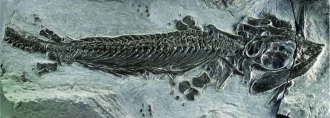 Paleontology
PaleontologyAncient sea creature took to land and sea
A primitive relative of the ichthyosaur had strong bones and big flippers.
By Meghan Rosen -
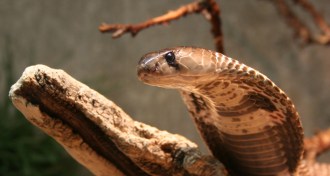 Health & Medicine
Health & MedicineSnakebite test correctly IDs attackers in Nepal
A new test that swabs for traces of snake DNA around bite marks can identify the guilty serpent and may improve treatments.
By Nathan Seppa -
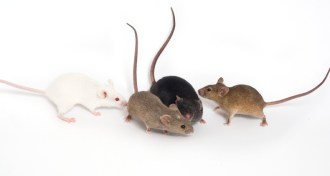 Genetics
GeneticsGenes influence Ebola’s impact
A study in a diverse strain of mice shows how the effect of an Ebola infection can depend on genes.
By Meghan Rosen -
 Animals
Animals‘Animal Weapons’ examines evolution of natural armor
Biological arms races have led to the evolution of horns, tusks and other extreme armament in the natural world.
-
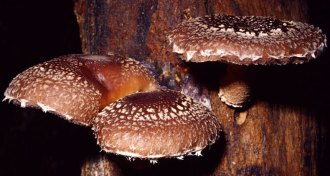 Health & Medicine
Health & MedicineMushroom extract might eradicate HPV infection
In a small trial, a nutritional supplement derived from shiitake mushrooms wiped out dormant human papillomavirus infections.
By Nathan Seppa -
 Health & Medicine
Health & MedicineDengue vaccine offers partial protection
Shots reduce severe cases of dengue among children in large study in Latin America.
By Nathan Seppa -
 Health & Medicine
Health & MedicineIncrease in Denmark’s autism diagnoses caused by reporting changes
Changes in how autism is detected and recorded explain 60 percent of the recent increase in diagnoses, a Danish study finds.
-
 Cosmology
CosmologyGamma rays offer mixed messages on identity of dark matter
Conflicting results from Fermi telescope puzzle astronomers about dark matter’s true identity.
By Andrew Grant -
 Chemistry
ChemistryAtom breaks limit of lost electrons
An iridium atom sets the record for highest oxidation state at +9.
By Beth Mole -
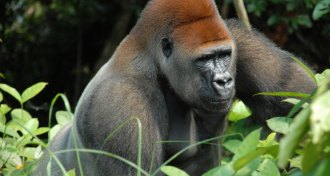 Life
LifeGut microbes less diverse in humans than in apes
An analysis of gut bacteria shows that humans have evolved to possess less diversity in microbe populations.
-
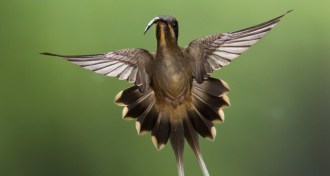 Life
LifeHummingbirds take stab at rivals with dagger-tipped bills
Sharp points on the bills of male long-billed hermit hummingbirds may have evolved as weaponry.
By Susan Milius